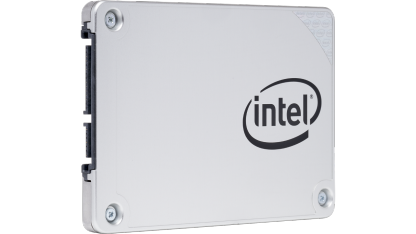Embedded application uses a consumer-grade SSD
Embedded applications are prone to extreme and harsh environments like extreme temperature, shock, and extreme read and write cycles but a consumer-grade is very sensitive. So, it is a myth to believe that consumer-grade SSD performance is enough for embedded application.
High capacity SSD are highly effective
It is a myth to follow that consumer-grade with higher capacity will solve the storage needs and makes it effective. In reality, using the right capacity consume less power, will be cost saving and ensure better endurance.
SSD are expensive than HDD
Embedded SSD is very useful in harsh areas where the applications run on the harsh operating environment and work on mission critical applications. When any of the application fails, it will disturb the productivity. While considering the benefits of the Embedded SSD it is not way costlier than HDD.
SSD are recommended only for high-performance application
Though SSDs work very well with industrial and embedded application it doesn’t mean they work only with the high-performance application but they work with lower performance and low capacities too.
A single form is suitable for all embedded SSD.
It is a myth as the micro-design storage standard works with different forms of storage which can be smaller or bigger depending on the format. So, never consider the SSD forms to be similar.
MLC and SLC are the only industrial embedded choices available
If you consider budget-friendly alternatives, there are certain industrial and mid-level alternatives on the market that provide lower cost solutions compared to the SLC. With unique firmware and programming, it provides better endurance when compared to the standard MLC.
PATA designs are no longer needed
Most of the PATA (Parallel attachment) embedded designs are viable and it is not cost effective to redesign the complete storage on a different interface. So, PATA design is necessary and replacing spinning PATA designs drives in legacy embedded designs.
SATA in the place of PCIe
SATA (Serial attachment) which is the tried and true serial attachment interface is deeply embedded in the market. It also remains the best choice and it is also widespread and its perfect technology and its performance are a good news for most of the embedded designs. However, PCIe will be common and it works along with SATA for several years to come.
NVMe can be used for prime time in embedded-system SSDs
NVMe also was known as Non-volatile memory express is the matter of discussion recently and its infancy in the embedded world takes full advantage to drive large capacities. NVMe is supported in most of the operating systems like Windows, MAC, Linux but implementing it on a custom Operating system will be very difficult.
Monitoring the health and endurance will be difficult
SSDs come up with a lot of firmware and advanced controller so monitoring the health and endurance of the SSDs will not be an issue. There can be adjustments made to improve the performance.
